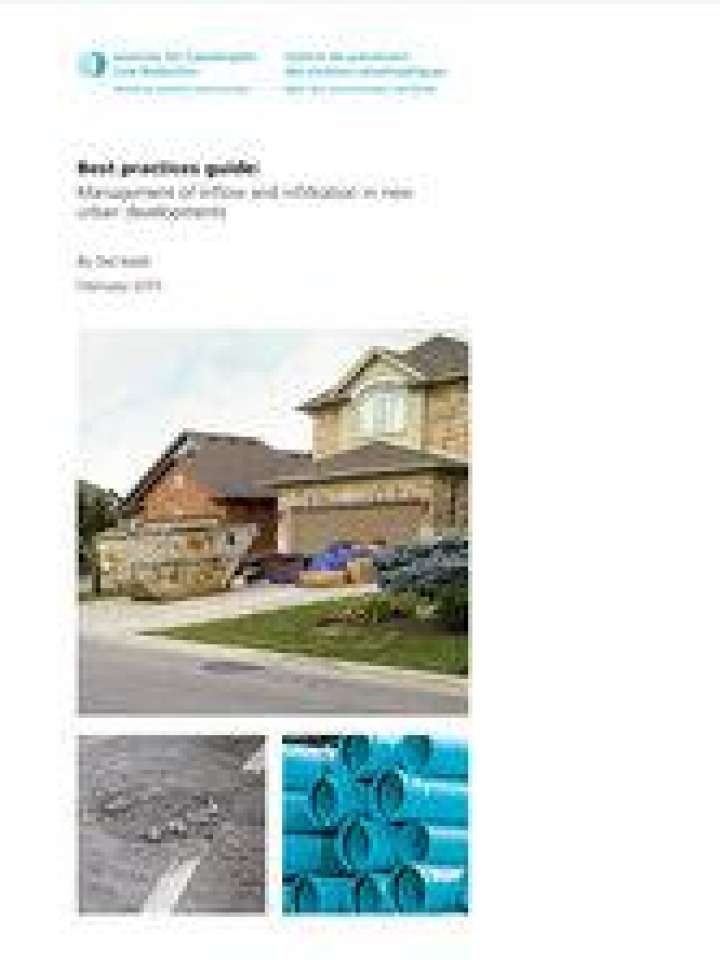Best practices guide: Management of inflow and infiltration in new urban developments
This study commissioned by the Institute for Catastrophic Loss Reduction provides a best practices guide for the management of inflow and infiltration (I&I) in new urban developments. It serves as a knowledge map connecting relevant and authoritative sources of information. While the focus of the study is the area of Greater Golden Horseshoe, the findings are extensible to other regions of Canada and particularly relevant to areas experiencing rapid continued growth.
Key findings include:
- The most signi cant barrier to implementing best practices for the management of I&I is the political will to pay the real cost of sustainable infrastructure and integrated water resources management.
- Additional challenges are posed by a web on contributing factors comprising: complexity of legislation; jurisdictional confl icts; development pressures; municipal infrastructure operation and others.
- Practically all of the technological innovations now exist to deliver watertight sewer systems and are cost eff ective on a life cycle basis.
- The traditional paradigm of designing stormwater management systems and sanitary sewer systems independently of one another is being challenged by climate change and intensi fied urban development.
- Further study of low impact development on mitigating I&I problems is needed.
- It was commonly reported that most I&I problems originate from the private side, reinforcing the need to coordinate stormwater management, wastewater services, lot grading and building inspections.
- Experience has shown that constant vigilance must be exercised by municipalities to ensure that infl ow and in filtration infractions on the private side of the sewer system are not allowed to become widespread.
- Continuous monitoring and proper maintenance enable early detection of I&I problems and timely remediation.
Explore further
